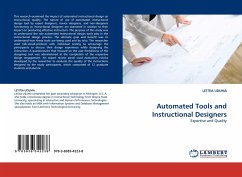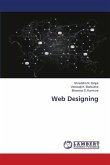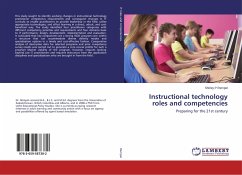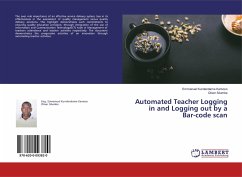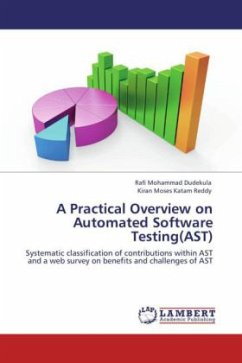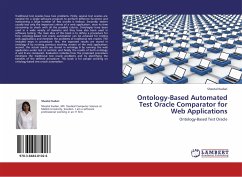This research examined the impact of automated instructional design on instructional quality. The nature of use of automated instructional design tool by expert designers, novice designers, and non-designers functioning as instructional designers are examined in relation to their impact on producing effective instruction. The purpose of this study was to understand the role automated instructional design tools play in the instructional design process. The ultimate goal and benefit was to understand how these tools are being used and by who. The researcher used talk-aloud-protocol with individual testing to encourage the participants to discuss their design experience while designing the instruction. A questionnaire that focused on the user friendliness of the designing tool was administered at the completion of the respective design engagement. An expert review panel used evaluation rubrics developed by the researcher to evaluate the quality of the instructions designed by the study participants, which comprised of 12 graduate students and alumni.
Bitte wählen Sie Ihr Anliegen aus.
Rechnungen
Retourenschein anfordern
Bestellstatus
Storno

